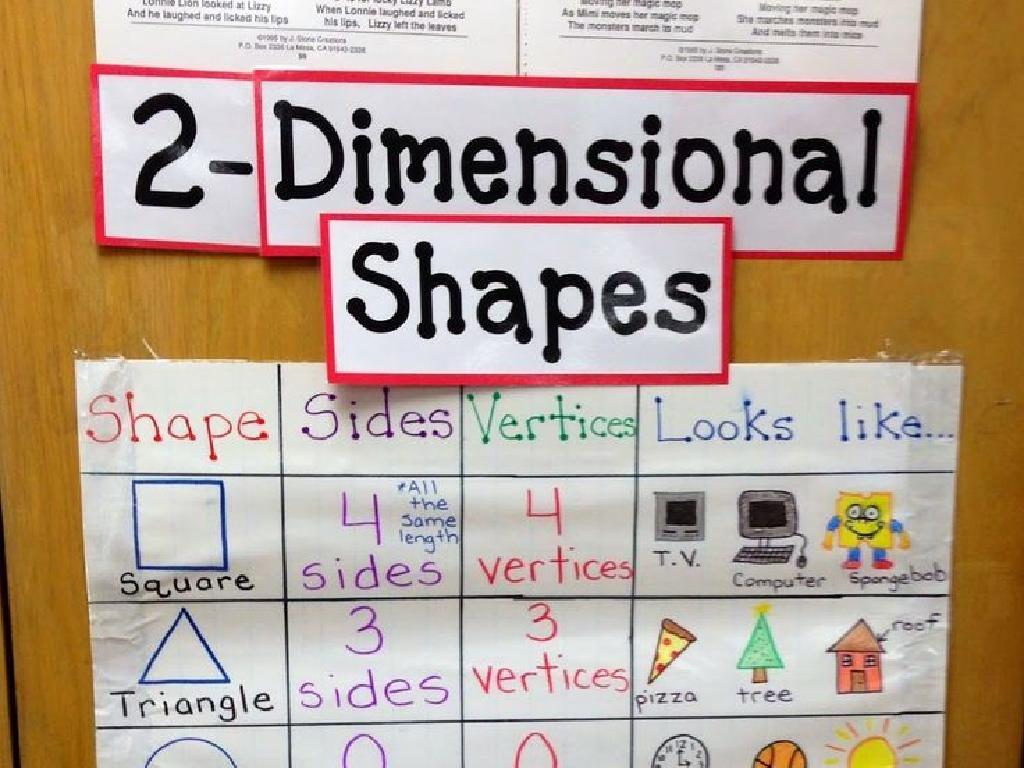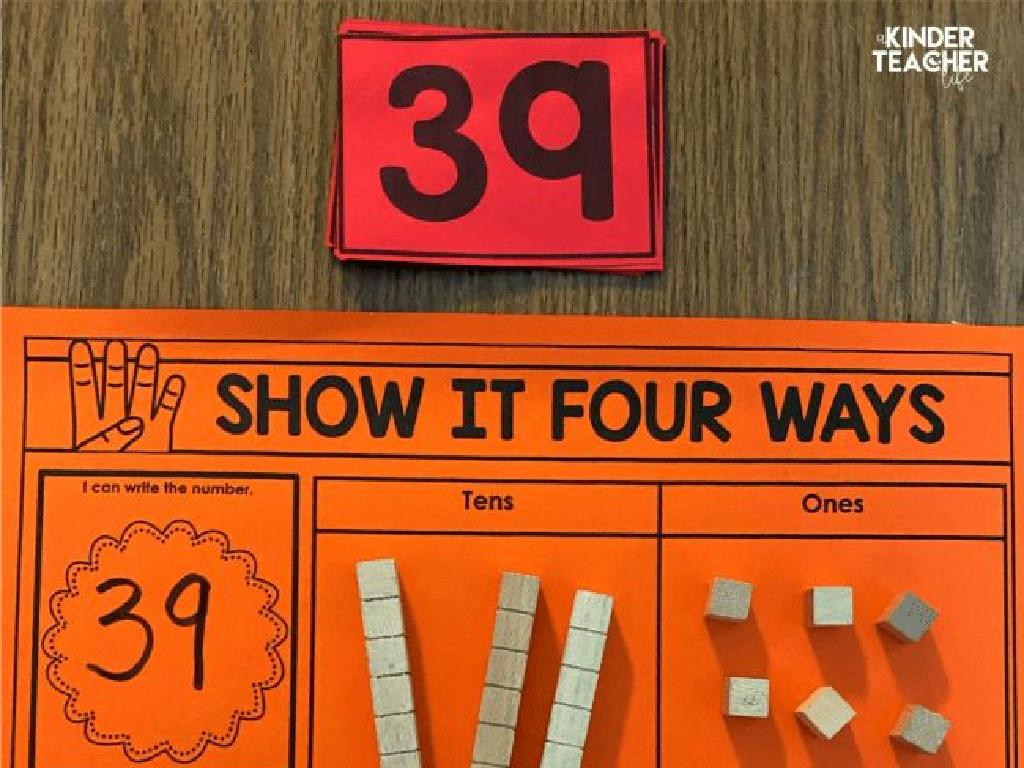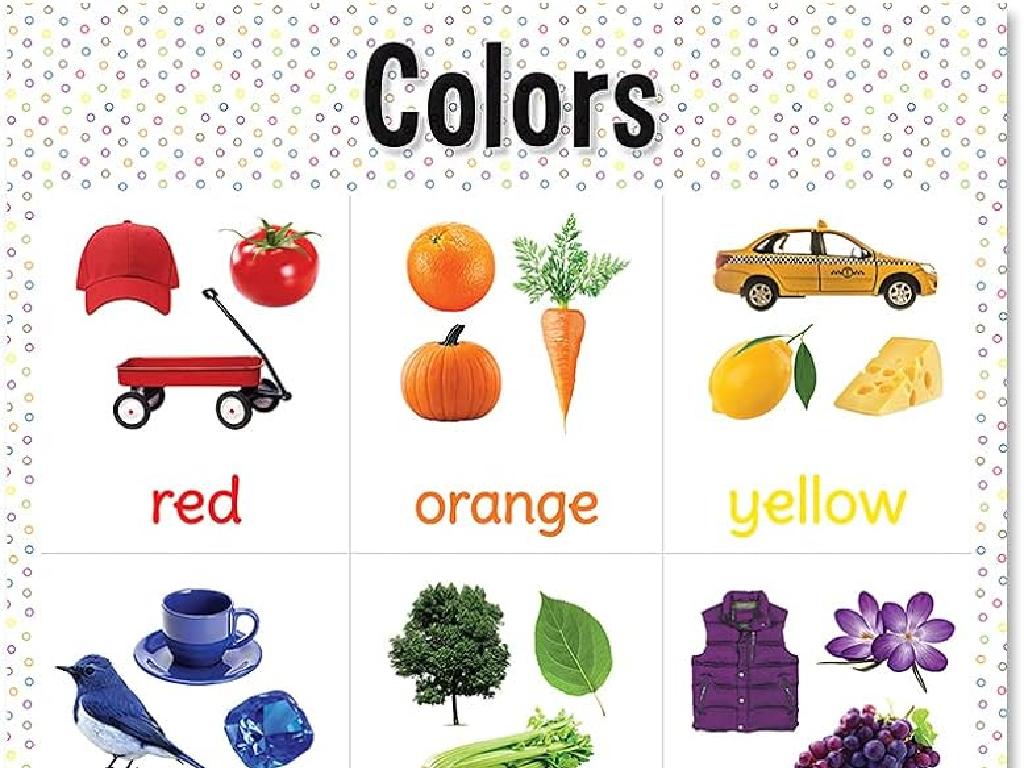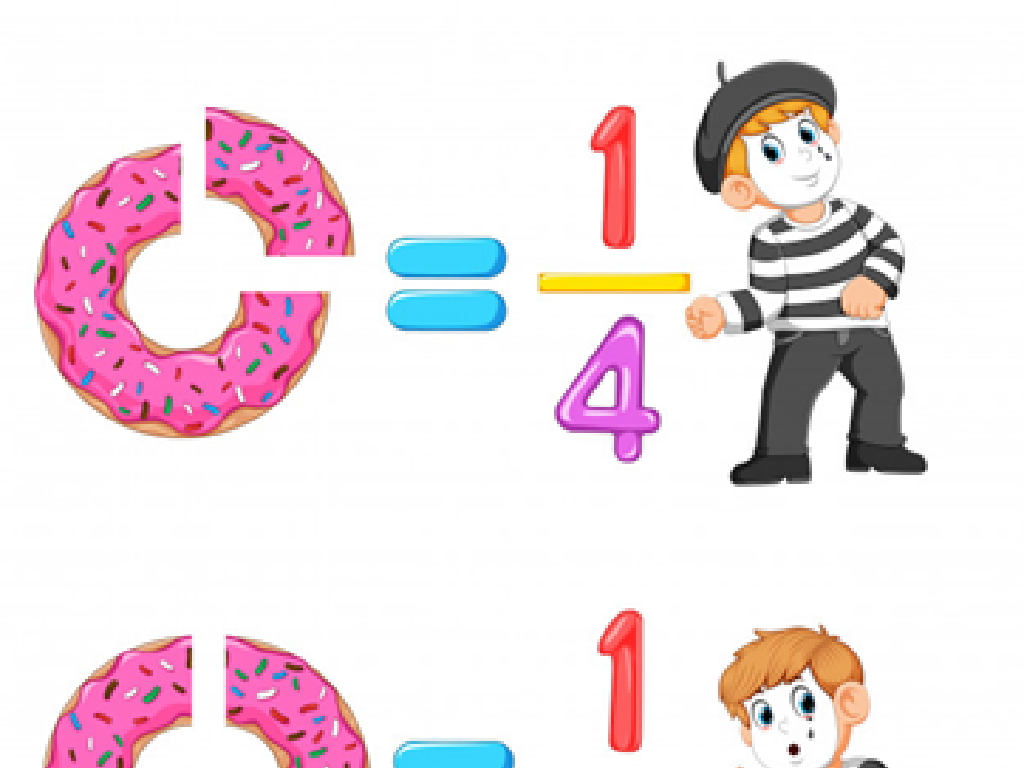Identify Functions: Graphs
Subject: Math
Grade: Eighth grade
Topic: Function Concepts
Please LOG IN to download the presentation. Access is available to registered users only.
View More Content
Understanding Functions from Graphs
– Define a mathematical function
– A function relates each input to exactly one output
– Identifying functions in graphs
– Use the vertical line test: if a vertical line crosses the graph more than once, it’s not a function
– Real-world function examples
– Distance vs. Time: The distance traveled over time for a car on a straight road
– Analyzing function graphs
– Look at various graphs and determine if they represent functions based on the vertical line test
|
This slide introduces the concept of functions in mathematics, focusing on how to identify them from graphs. A function is a special relationship where each input has a single output. Emphasize the vertical line test as a visual method to determine if a graph represents a function. Provide relatable examples, such as how the distance a car travels can be graphed as a function of time. Encourage students to analyze different graphs and apply the vertical line test to reinforce their understanding. This foundational knowledge is crucial for their success in algebra and beyond.
Understanding Functions in Math
– Define a mathematical function
– A function pairs each input with exactly one output
– Compare functions and non-functions
– Non-functions may have inputs with multiple outputs
– Explain the ‘Vertical Line Test’
– If a vertical line intersects a graph more than once, it’s not a function
– Practice with examples
|
Begin by defining a function as a special relationship where each input in a set is paired with exactly one output. Contrast this with non-functions, where an input could give two or more outputs. Introduce the ‘Vertical Line Test’ as a visual method to determine if a graph represents a function: if any vertical line drawn through the graph touches it at more than one point, then the graph does not represent a function. Provide practice examples for students to apply the Vertical Line Test and identify functions from non-functions. This will solidify their understanding and help them visualize the concept.
Exploring Graphs: Understanding Functions
– Learn different graph types
– Bar, line, and pie charts show data differently.
– Master reading graph basics
– Look for titles, labels, and scales to understand the graph.
– Identify the x-axis
– The x-axis is the horizontal line, often representing time.
– Recognize the y-axis
– The y-axis is the vertical line, usually showing values or quantities.
|
This slide introduces students to the fundamental concepts of graphing as it relates to understanding functions. Students will learn about various types of graphs such as bar graphs, line graphs, and pie charts, each serving a unique purpose in data representation. Emphasize the importance of carefully reading all parts of a graph, including the title, labels, and scales, to accurately interpret the information presented. Clarify the roles of the x-axis and y-axis, with the x-axis typically representing the independent variable and the y-axis the dependent variable. This knowledge is crucial for identifying functions from graphs, as students will learn to distinguish between variables and how they relate to each other in a function.
Identifying Functions on Graphs
– Apply the ‘Vertical Line Test’
– A graph represents a function if a vertical line intersects it at only one point.
– Graphs that represent functions
– Examples: Linear y=x, Quadratic y=x^2
– Graphs that do not represent functions
– Examples: Circle x^2+y^2=r^2, Vertical line x=a
– Practice with different graphs
|
This slide aims to help students understand how to identify functions when given a graph. The ‘Vertical Line Test’ is a visual way to determine if a graph represents a function by checking if any vertical line drawn through the graph intersects it at more than one point. If it does, the graph is not a function. Provide clear examples of both scenarios using simple graphs like lines and parabolas for functions, and circles and vertical lines for non-functions. Encourage students to practice this test with various graphs to solidify their understanding. This foundational skill is crucial for their success in further studies of functions and calculus.
Let’s Practice: Identifying Functions from Graphs
– Analyze sample graphs individually
– Group activity to determine functions
– Work together to identify if each graph is a function
– Discuss characteristics of functions
– Functions have only one output for each input
– Explain why a graph represents a function
– Use the vertical line test to determine if a graph is a function
|
This slide is designed for a class activity to practice identifying functions from graphs. Students will start by analyzing sample graphs to see if they understand the concept of a function. Then, they will work in groups to discuss and identify whether each graph represents a function, promoting collaborative learning. The discussion should focus on the definition of a function, emphasizing that for each input there is only one output. Teachers should guide students to use the vertical line test, where if a vertical line intersects the graph at more than one point, the graph is not a function. This activity will help solidify students’ understanding of functions in a practical, interactive way.
Real-World Functions and Graphs
– Functions in daily life
– Functions model relationships, like speed and time.
– Graphs depict real-world situations
– Graphs translate data into visual form, like stock market trends.
– Grasping function significance
– Functions are essential for predicting outcomes.
– Analyzing function applications
– Consider how functions help in construction or economics.
|
This slide aims to connect the abstract concept of functions with practical, real-world applications that students can relate to. Functions are not just mathematical constructs; they model relationships between different quantities in our daily lives, such as the relationship between the distance traveled and the time taken. Graphs help us visualize these relationships and make sense of large amounts of data, such as tracking changes in weather patterns or understanding economic growth. Emphasize the importance of functions in various fields like science, engineering, and finance, where they are used to predict and analyze outcomes. Encourage students to think of examples where they have encountered graphs and functions outside of the classroom.
Class Activity: Function Hunt
– Find a real-life function
– Draw the function’s graph
Could be a graph of savings over time, or distance vs. time on a trip
– Share your graph with the class
Explain what the graph shows and how you found it
– Discuss functions in daily life
How do functions help us understand relationships in real scenarios?
|
This activity is designed to help students recognize the presence and importance of functions in everyday life. Encourage students to think creatively and find a function that they encounter on a daily basis, such as the speed of a car over time or the growth of a plant. They should graph this function, paying attention to the relationship between the two variables they choose. When sharing, students should explain the function and its significance. The class discussion should revolve around how functions can model real-world situations and the insights we can gain from analyzing them. Possible activities: graphing a daily routine, tracking weather changes, or monitoring exercise progress.
Wrapping Up: Functions & Graphs
– Recap function identification
– Homework: Function worksheet
Complete the worksheet on identifying functions from graphs.
– Remember: Practice is key
Consistent practice helps solidify concepts.
– Keep practicing for mastery
|
As we conclude today’s lesson on identifying functions from graphs, it’s important to review the key concepts. Remind students that a function is a special relationship where each input has a single output. For homework, they will complete a worksheet that provides additional practice on this topic. Emphasize the importance of regular practice to become proficient in identifying functions from graphs. Encourage them to attempt different types of graphs to challenge themselves. In the next class, we’ll review the homework answers and clarify any doubts, ensuring a strong grasp of the concept.






